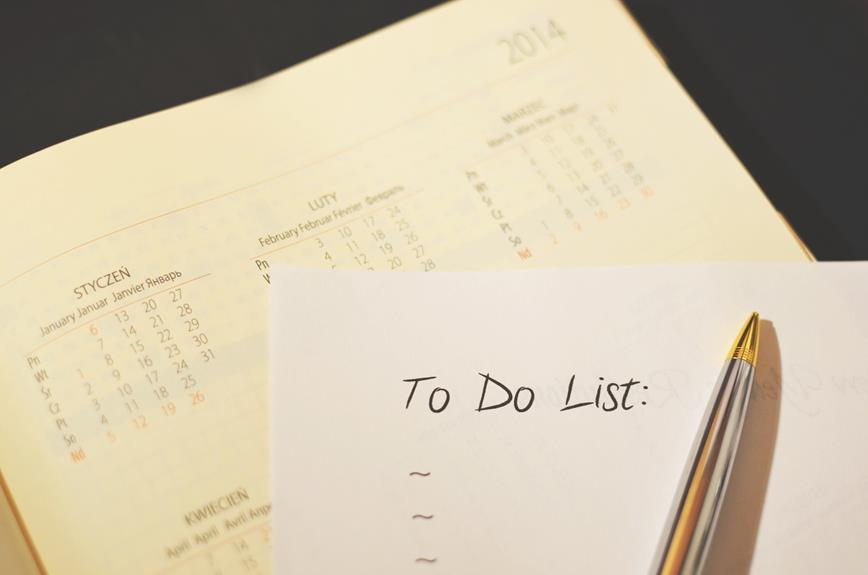7 Tips For Improving Productivity While Working Remotely
Home-based jobs are becoming more and more popular. While this may be a dream for some, the switch from a structured office environment to your home can be challenging in surprising ways. It’s easy to lose track of time and be less productive than you would be in an office.
The 7 tips from this article will teach you how to work from home, by avoiding distractions, setting up your workplace properly, organizing your time budget efficiently, and managing meetings and calls.
1. Schedule Everything
When you work from home, you can set your own hours. Some of us find that challenging. It’s hard to stay on track with a routine when there is nobody overseeing you. When you mix this with the new responsibility of the coronavirus pandemic, it creates an almost insurmountable challenge. If you’re a professional who already works long, busy hours, the absence of a schedule might make things even harder.
Before you establish a start time, think about your morning routine. Allow plenty of time for the things you do to get your day started — such as eating breakfast, walking the dog, or taking a shower.
Don’t forget to make time for wellness in your schedule. Be sure to create a schedule that gives you an opportunity to exercise and meditate each day, too. After discussing your schedule with family or roommates, share it with your colleagues. You can let them know when they can expect you to be responsive and available. This way it’s easy to create rules for when you will and will not be at your desk.
2. Create Work-Life Balance
One of the best ways to have an excellent work-from-home experience is to separate your work life from your personal life. You need to plan your work day, so you don’t overstep your boundaries and burn out. It is equally important that you give yourself time off for your personal life. This way, you make sure to keep a healthy balance.
If you keep your personal and work life separate, you can remain productive while being at work and reduce stress when you aren’t. This advice applies to both when you are at work and interacting with your coworkers, and when you are not.
3. Pick a Home Workspace
Just as you shouldn’t start work in your PJs, it’s not a good idea to start work in your bed. Establishing a workspace will help you maintain boundaries between home and work life. Even if you have a large house, don’t expect to be able to set aside an entire room for your workspace.
But, you do need an office that’s a bit away from potential distractions. Even something as simple as a small desk in the corner of a bedroom can help you avoid interruptions. It’s also important to have an ergonomic chair and desk setup for long hours at the computer.
4. Actually Dress for Work
Even if you won’t be interacting with another person all day, your work style is important. Waking up and actually showering is one of the easiest ways to feel presentable and motivated. A pair of sweatpants and a T-shirt might be more comfortable, but you may also become sluggish and unmotivated. It’s a good opportunity to try something new — risk-free!
5. Remove Distractions
When people work from home, the most common issue they face is getting distracted. With the current crisis at hand, telecommuters must determine how to overcome the obstacles that can distract them from getting things done. Realize that your team members are also going through this and you’re all doing your best. To prevent yourself from feeling overwhelmed, set a schedule and stick to it. This will help you stay focused and productive.
6. Limit Meetings
If a meeting is not critical, cancel it. More time spent in unnecessary meetings means less time for employees to carry out other responsibilities or interact with colleagues. Reducing the number of useless meetings scheduled, will empower teammates to actually work.
Super-short meetings are the most efficient. Fifteen-minute get-togethers will give you the information you need and move the company forward.
7. Take Breaks Regularly
Get up from your desk, get some fresh air, grab a snack, and maybe talk to another human. It’s all about resetting yourself every few hours. Make sure you get at least five minutes of this whenever possible during the day. Don’t try to power through, you’re only going to waste time or make mistakes. Workers are most productive when taking planned breaks.
Those who consistently take short breaks of about 10-15 minutes every hour or so are significantly more productive than those who don’t. If you find that getting back to work is difficult after a break, set an alarm on your phone to remind you to stop. The Pomodoro system is great for this — it sets regular work times and then short breaks in between.
Conclusion
Working from home is challenging, but you can still be productive by making a few changes to your routine and space. The next time you find yourself struggling to work from home, try some of the ideas above. Each one is free and easy to implement. You’ll notice a positive change in your productivity and never look back!




